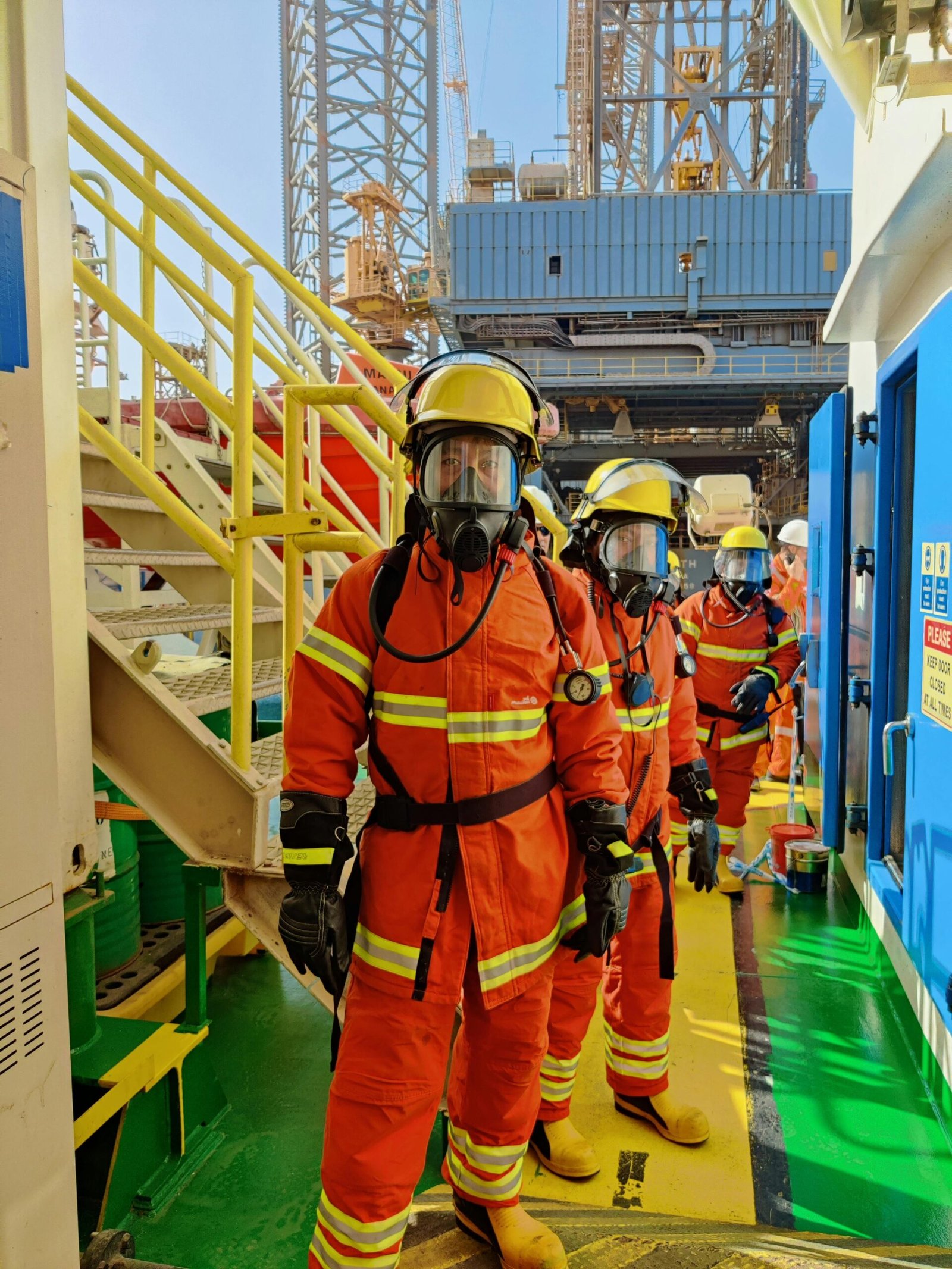OSHA 72-Hours Oil and Gas Safety and Health Train the Trainer
- Description
- Curriculum

|
OSHA 72-Hour Oil and Gas Safety and Health Train-the-Trainer Program Description:The OSHA 72-Hour Oil and Gas Safety and Health Train-the-Trainer program is designed to develop qualified safety instructors who can effectively deliver oil and gas safety training in accordance with OSHA standards. The course focuses on adult learning principles, effective training delivery methods, and in-depth knowledge of oil and gas-specific hazards. Upon completion, participants will be prepared to create and lead impactful safety training sessions for workers, supervisors, and contractors in oil and gas operations. Target Audience:· Experienced safety professionals and trainers in oil and gas · HSE coordinators responsible for in-house training · Safety consultants · Supervisors or leads tasked with team safety briefings · Contractors seeking to deliver standardized safety training · Organizations looking to develop internal training capabilities Key Benefits:· Become certified to conduct oil and gas safety training sessions · Learn effective methods for adult education and OSHA course delivery · Improve communication, presentation, and facilitation skills · Boost workplace safety by teaching others to identify and control hazards · Enhance credibility and career prospects in the HSE field · Reduce outsourcing costs by training in-house personnel Learning Outcomes:By the end of the program, participants will be able to: 1. Design and deliver OSHA-compliant safety training specific to the oil and gas industry. 2. Apply adult learning techniques to engage diverse worker populations. 3. Effectively communicate technical content, including hazard controls and procedures. 4. Customize training content to site-specific hazards and operations. 5. Facilitate safety meetings, toolbox talks, and hands-on demonstrations. 6. Evaluate trainee understanding through assessments and feedback. 7. Maintain accurate documentation of training for compliance purposes. 8. Use visual aids, multimedia, and real-world examples to enhance learning. Key Curriculum Elements / Modules:1. OSHA Overview & Instructional Responsibilities:· OSHA regulations and trainer requirements · Understanding trainer accountability and documentation · How OSHA applies to oil and gas training environments
2. Oil and Gas Industry Hazard Fundamentals:· Overview of upstream, midstream, and downstream operations · Common hazards: H2S, confined space, fire/explosion, struck-by, electrical · Site-specific safety practices and hazard control 3. Training Methodology & Instructional Design:· Adult learning principles (andragogy) · Learning styles and retention strategies · Creating lesson plans and training objectives · Adapting content to different roles (e.g., workers vs. supervisors) 4. Presentation Skills & Facilitation Techniques:· Verbal and non-verbal communication skills · Public speaking and audience engagement · Leading hands-on activities and safety drills · Handling difficult questions and classroom dynamics 5. Evaluation and Recordkeeping:· Pre- and post-training assessments · Evaluating training effectiveness · OSHA documentation and reporting standards · Training matrix development and audit preparation 6. Practicum (Train-Back Sessions):· Practice teaching sessions with peer and instructor feedback · Critique and evaluation to improve delivery · Final presentation or demonstration Certification Outcome:Graduates will receive a Certificate of Completion as a Train-the-Trainer in Oil and Gas Safety and Health, qualifying them to lead training sessions and safety meetings, and in some programs, to deliver basic OSHA-style courses internally or through partnerships. |
-
6Realistic Graphic on UE4
-
7Volta GPU for optimization.
The Tensor Core GPU Architecture designed to Bring AI to Every Industry. Equipped with 640 Tensor Cores, Volta delivers over 100 teraflops per second (TFLOPS) of deep learning performance, over a 5X increase compared to prior generation NVIDIA Pascal architecture.
-
8Deep Learning







